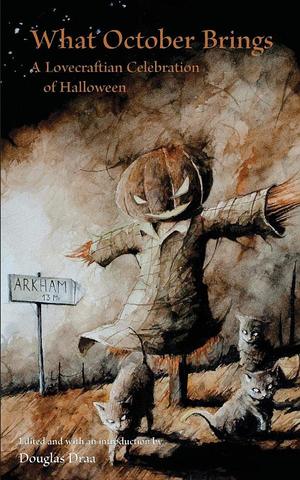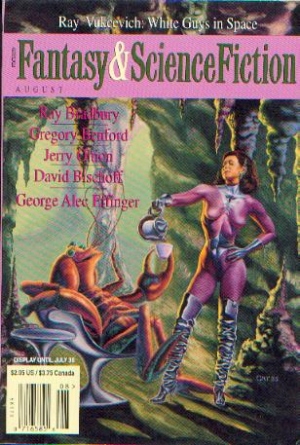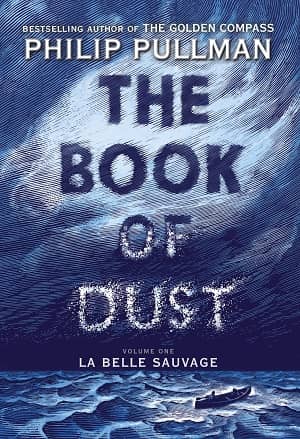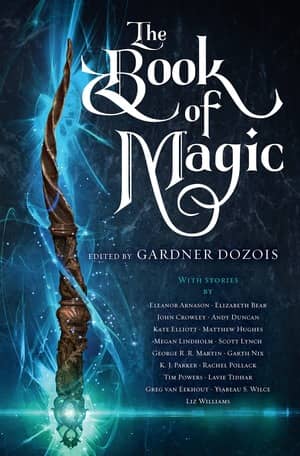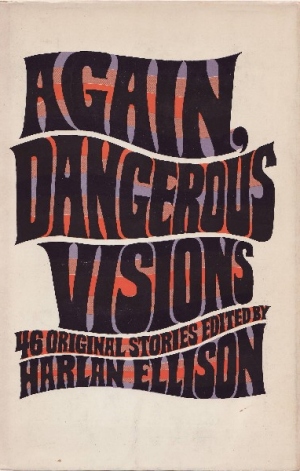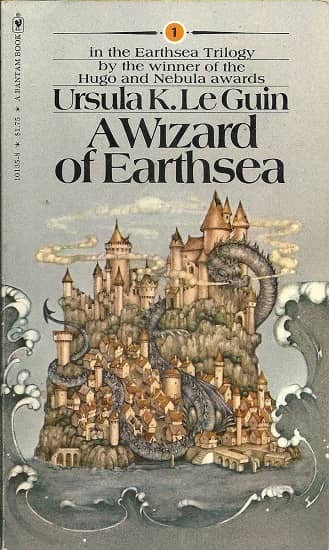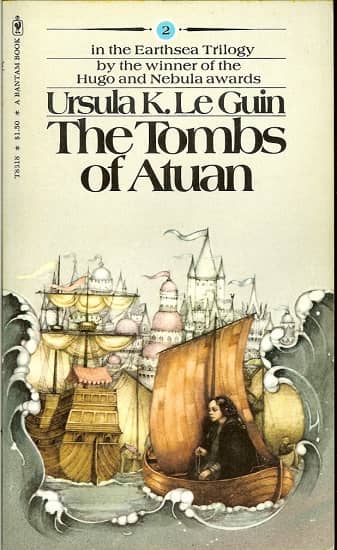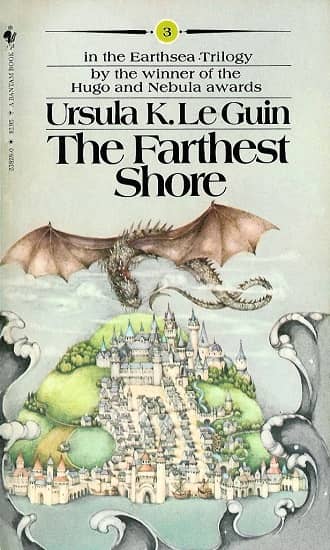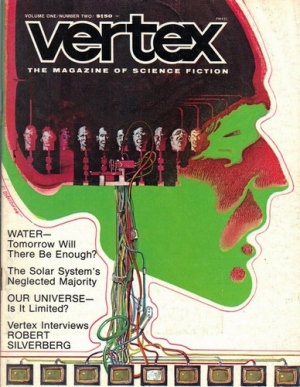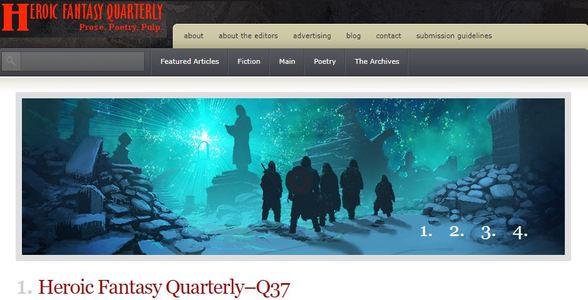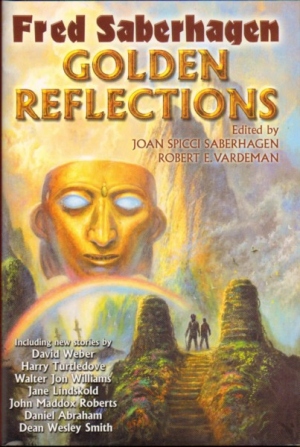Fantasia 2018: Reflections After the Fact
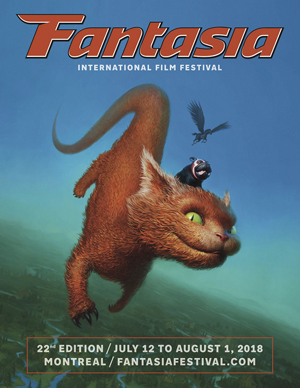 I saw 60 feature films or showcases of short films this year at the Fantasia International Film Festival. As is the case every year, seeing so many wild visions so close together was a powerful experience. If one film didn’t work, there’d be another one coming right after that’d be completely different. Having been slowed down by a bad cold the last few weeks, I’ve had time to think about what I took away from the Fantasia adventure this year in particular, and I keep coming back to things that struck me during the festival itself: the ability of the programmers to select films; the power of seeing the films as part of an audience and indeed part of a community; and the way those things interact.
I saw 60 feature films or showcases of short films this year at the Fantasia International Film Festival. As is the case every year, seeing so many wild visions so close together was a powerful experience. If one film didn’t work, there’d be another one coming right after that’d be completely different. Having been slowed down by a bad cold the last few weeks, I’ve had time to think about what I took away from the Fantasia adventure this year in particular, and I keep coming back to things that struck me during the festival itself: the ability of the programmers to select films; the power of seeing the films as part of an audience and indeed part of a community; and the way those things interact.
Let me begin explaining that by thanking the Fantasia team for another excellent festival. I particularly want to thank the people who I spoke with and helped me in my coverage, including Rupert Bottenberg, Mitch Davis, Ted Geoghegan, Kaila Hier, and Steven Lee. I also want to thank a number of fellow writers who helped make the festival even more enjoyable. I’ll specifically note here Giles Edwards, Yves Gendron, Dave Harris, Agustín Leon, and Thomas O’Connor.
I mention all these people because I’ve been thinking about what makes the experience of Fantasia different from watching an equivalent number of movies in an equivalent amount of time on Netflix or blu-ray in the comfort of my own home. Some of it’s getting to see the films on a big screen, of course. But much of it also has to do with the experience of having an audience around you, and so of being able to talk about the films afterward. And, especially, it has to do with the quality of the films and their overall character — the identity of the festival, the overall feel of it that shapes the event.
Spending time at Fantasia is a very specific experience and in writing these posts I try to catch moments outside the movies themselves that strike me as characteristic of that Fantasia feel — the way a theatre may be set up for a special screening, or the way an audience reacts to key moments. Several times over the past few years I’ve mentioned that Fantasia audiences can help elevate the experience of watching a film. Enthusiastic, responsive, but not usually obtrusive, they give another dimension of life to a film. You’re watching a story as part of a crowd, part of a collective whose reaction helps shape the pacing and perception of the tale. Films being films, the director has to try to plan ahead for a crowd reaction, and I think Fantasia audiences on the whole rise to a director’s hopes. That means there’s a special value to being able to see a film alongside an audience, different from watching the same film in solitude or even (usually) at a media screening to an audience of critics. So start with that.
